In any business, software maintenance is critical to long-term success. We will look at the four primary types: corrective, adaptive, preventative, and perfective. Each kind performs an important function, from problem repair to adjusting to technological advances. Let’s look at these types and how they keep software relevant and effective.
Importance of Software Maintenance
Regrettably, numerous businesses mistakenly assume that the conclusion of software development coincides with the deployment of the product. Launching software isn’t the final step. To give it real space, you need to put in extra effort after it hits the market.
Challenges may surface even with impeccably designed software, and user feedback and suggestions are inevitable, offering valuable insights for enhancements that your company should consider.
In actuality, if the product achieves success, software maintenance becomes the most substantial aspect of the software development life cycle. Therefore, it is crucial to establish a robust software maintenance process throughout the entire software development cycle.
- What is Software Maintenance?
- Key Aspects of Software Maintenance
- What are the 4 types Of Software Maintenance?
- Software Maintenance Process
- Advantages of Software Maintenance
What is Software maintenance?
Software maintenance is an ongoing procedure that transpires throughout the entire life cycle of a software system.
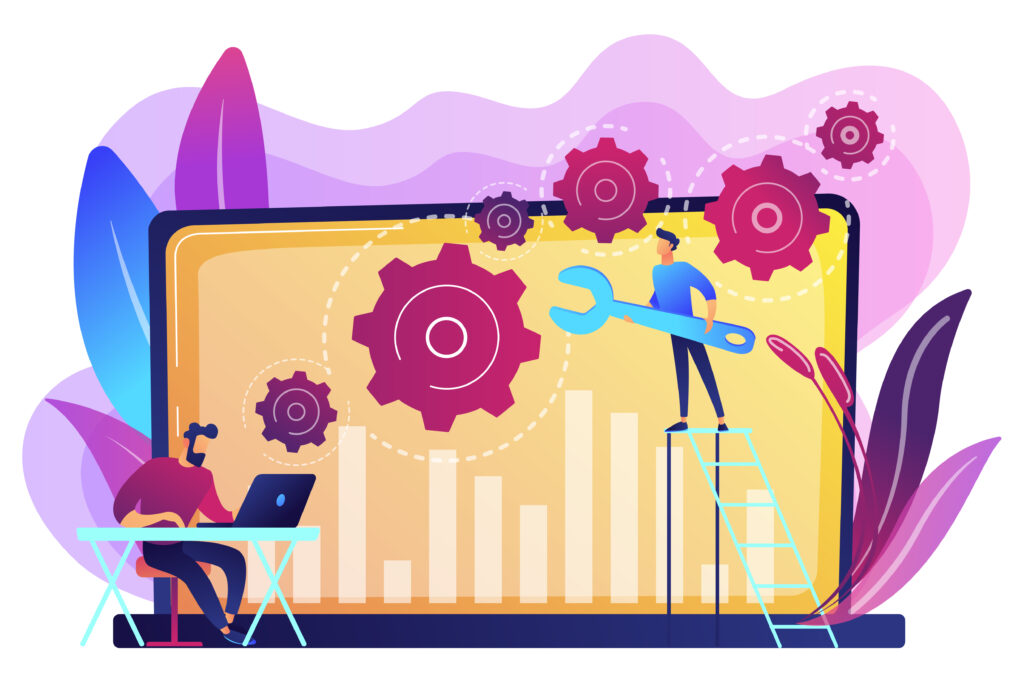
The objective of software maintenance is to sustain the proper, efficient, and secure functioning of the software system while ensuring it continues to meet user requirements.
Tasks within this realm encompass resolving bugs, incorporating new features, enhancing performance, and updating the software to align with new hardware or software systems.
When planning and developing a software system, it is crucial to factor in the associated costs and efforts involved in software maintenance.
Establishing a well-defined maintenance process is paramount, encompassing elements like testing and validation, version control, and maintaining effective communication with stakeholders.
It is noteworthy that software maintenance can be intricate and expensive, particularly for extensive and intricate systems. The costs and expenses associated with maintenance should therefore be taken into account as early as the planning and development phase of a software project.
Furthermore, having a clear and precisely outlined maintenance plan is essential, encompassing routine activities such as testing, backup procedures, and bug resolution.
Various Key Aspects of Software Maintenance
Here are the various aspects of software developemt:
- Bug Resolution: The procedure of identifying and rectifying errors and issues within the software.
- Feature Augmentation: The process of incorporating new functionalities or enhancing existing ones to align with the changing requirements of users.
- Performance Enhancement: The procedure of refining the speed, efficiency, and reliability of the software.
- Porting and Migration: The process of adjusting the software to operate on new hardware or software platforms.
- Re-Engineering: The process of refining the design and architecture of the software to enhance maintainability and scalability.
- Documentation Management: The process of generating, revising, and managing documentation for the software, encompassing user manuals, technical specifications, and design documents.
Understanding the Four Categories of Software Maintenance
There is no universal approach to software maintenance processes. Contrary to common belief, there are four distinct types of maintenance that every software product should undergo throughout its life cycle.
Software is dynamic and undergoes continuous changes; thus, maintenance is a perpetual requirement for as long as the software remains in operation.
Neglecting the maintenance requirements of your software product is not advisable. The four types of software maintenance that your organization should acknowledge are:
-
-
-
-
- Corrective
- Adaptive
- Preventative
- Perfective
-
-
-
Corrective Software Maintenance:
Corrective maintenance in software is dedicated to identifying and rectifying errors, bugs, and faults within the system.
It addresses these issues to prevent any adverse impact on the User Experience, disrupt the software’s logic, create security vulnerabilities, or harm the overall performance of the software product. Bugs and errors are inevitable, making corrective maintenance crucial for maintaining the software’s reliability.
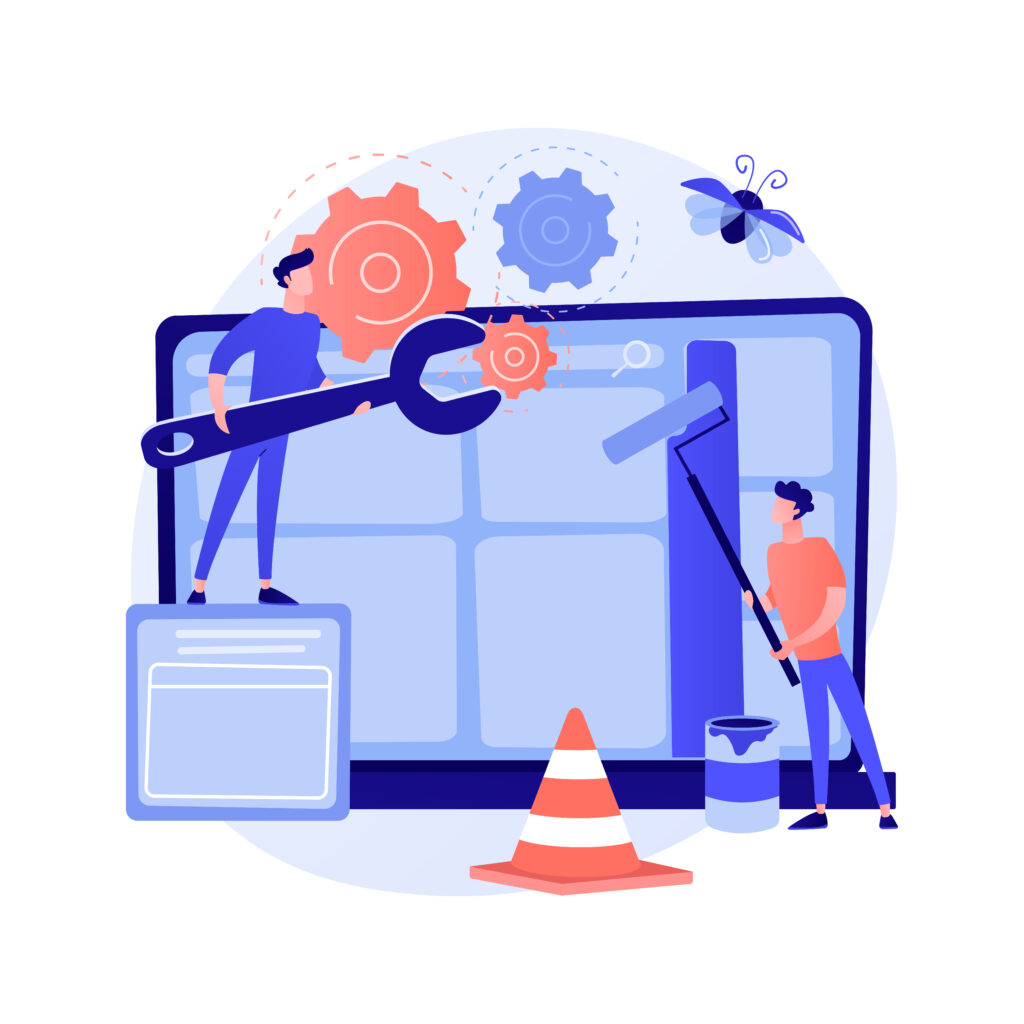
While corrective maintenance is typically associated with post-deployment planning, it’s crucial to recognize its reactive nature. Action is taken only when a user or an in-house tester reports an issue.
Generally, corrective maintenance is swift and straightforward, handling minor issues like connectivity problems or login failures. While it often goes unnoticed by users, there is a possibility of affecting processes that users are accustomed to, drawing adverse reactions.
To avoid relying solely on user reports for bug detection, companies should adopt a proactive approach. This involves employing QA testers and maintenance engineers to actively search for bugs and errors before they are reported by users.
When to Apply Corrective Maintenance?
Corrective maintenance becomes necessary when users encounter software bugs or when security vulnerabilities are identified. It aims to restore the software to its intended state, ensuring reliable and secure functioning. This type of maintenance is triggered reactively, responding to reported or observed issues.
Adaptive Software Maintenance
Adaptive software maintenance is concerned with adapting to the evolving technological landscape, ensuring that the software product stays current with the latest technologies, versions, libraries, and other components.
As most software incorporates a tech stack utilizing third-party technologies, changes and updates to these technologies are inevitable.
When third-party technologies, such as libraries and plugins, receive updates, it becomes essential to take the necessary steps to keep the software up to date. Additionally, regular updates to operating systems, cloud services, and hardware dependencies require attention. Thus, adaptive maintenance is a crucial element of a company’s software maintenance plan to prevent the software from becoming outdated.
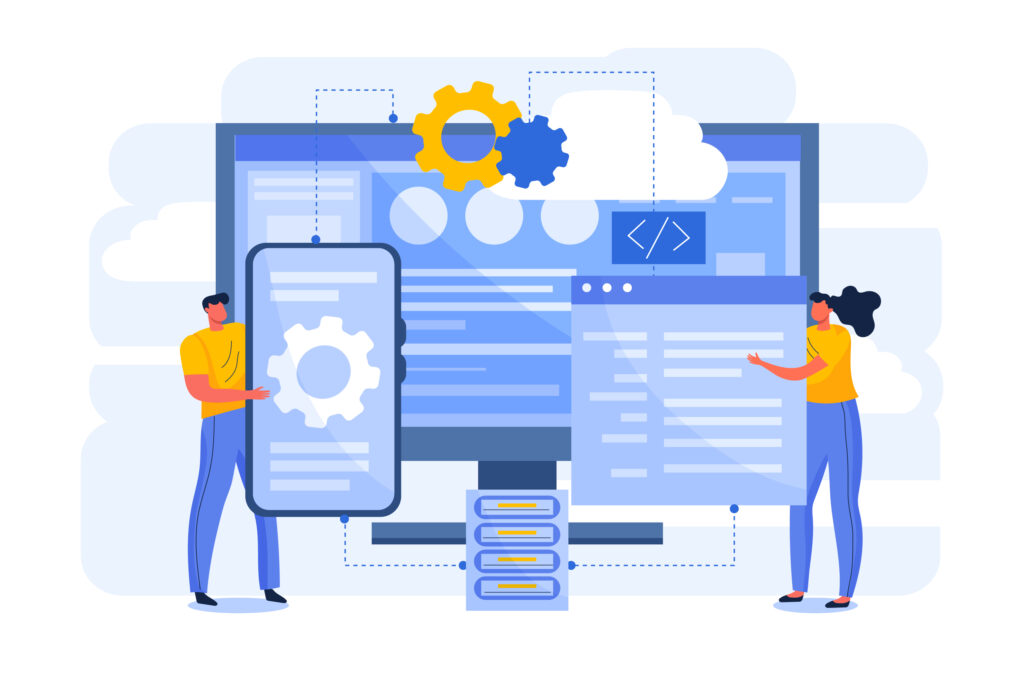
Adaptive maintenance is often carried out at the same time as corrective maintenance and can correct some of the errors detected. Even if the impact on users is not immediately apparent, it is short-sighted to regard adaptive maintenance as insignificant. Updates to software and related components often enhance functionality and features, ensuring that the software remains relevant to users.
Neglecting adaptive maintenance risks rendering an application outdated and obsolete, leading users to seek alternative solutions elsewhere. Therefore, incorporating adaptive maintenance is vital for keeping the software fresh with new features and preventing user migration to alternative solutions.
When to Apply Adaptive Maintenance?
Adaptive maintenance becomes necessary when external factors, such as changes in technology, infrastructure, or regulatory requirements, impact the software’s operability. Its purpose is to ensure the software remains compatible with its environment. This will allow it to function effectively despite external changes. Employing adaptive maintenance is crucial for the long-term sustainability of the software.
Preventive Software Maintenance
Preventive software maintenance involves proactively seeking and resolving issues in the software before they escalate into problems. It is a proactive approach, often scheduled in advance and conducted regularly.
Unlike corrective maintenance that addresses operational issues as they arise, preventative maintenance aims to identify and resolve latent faults in the code before they manifest as operational errors.
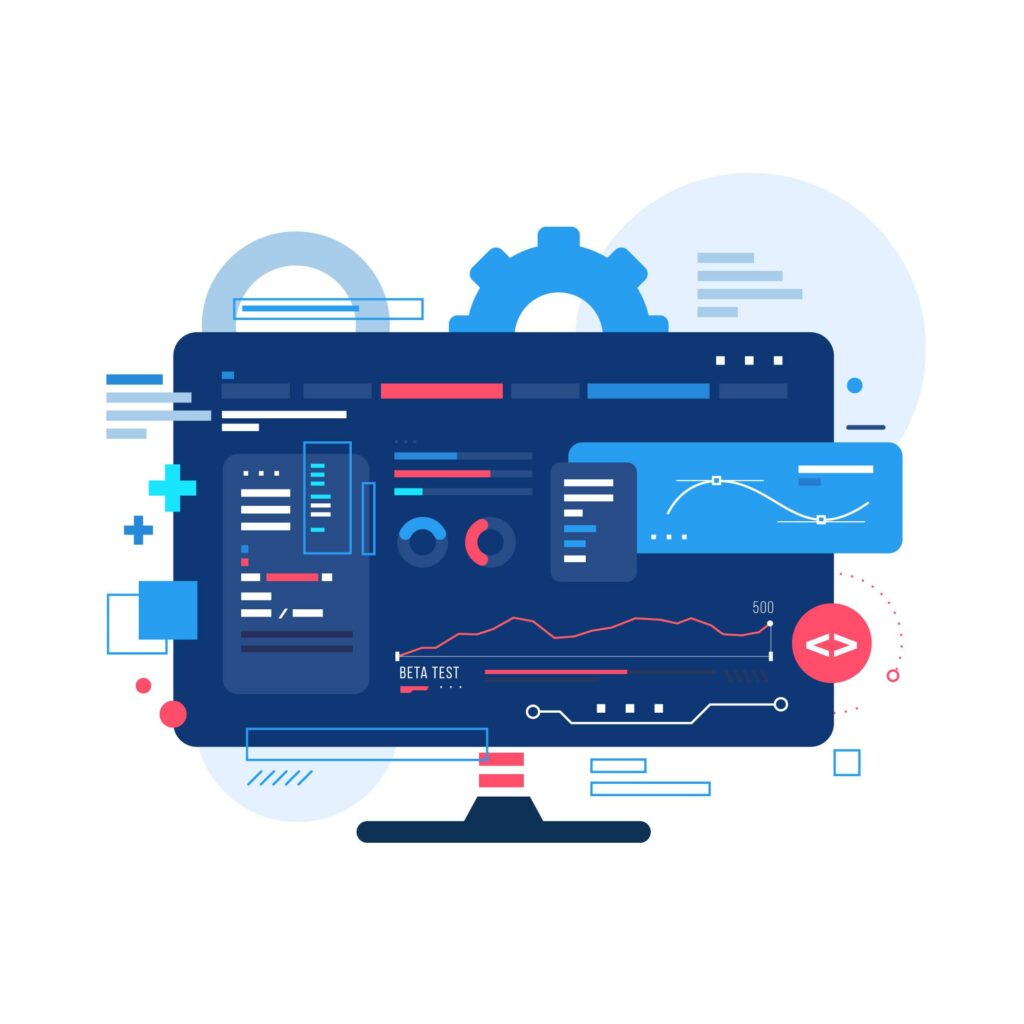
While preventative and corrective maintenance share similarities, preventative maintenance is distinct in its focus on anticipating and addressing issues before they impact operations. It contributes to future-proofing applications, making them more scalable and efficient.
Preventative maintenance is typically scheduled in advance, and users are often informed because it can affect the software’s performance depending on the part of the system undergoing maintenance. Therefore, notifying users is essential to prevent critical transactions during the maintenance period.
Essential for scalability and future operational capacity, preventative maintenance should not be overlooked. It plays a critical role in maintaining software stability and security by conducting regular audits, code reviews, and system assessments.
This type of maintenance occurs at scheduled intervals or in response to changes in the software’s environment, aiming to minimize the likelihood of future defects or performance degradation and thereby avoiding more extensive corrective measures in the future.
When to Implement Preventive Maintenance?
Preventive maintenance is implemented with the aim of improving software stability and security. This is achieved through regular audits, code reviews, and system assessments. The application of preventive maintenance occurs at scheduled intervals or in response to changes in the software’s environment.
The primary objective of preventive maintenance is to proactively minimize the likelihood of future defects or performance degradation. By identifying and addressing potential issues before they escalate, preventive maintenance helps prevent the need for more extensive corrective measures down the road.
It is a strategic approach to maintaining the health and reliability of the software system, ensuring its sustained performance over time.
Perfective Software Maintenance
Perfective software maintenance involves enhancing a software product’s existing features and functionality through refinement, addition of new features, or removal of features.
The primary objective of perfective maintenance is to elevate the overall quality of the software.
Notably, perfective software maintenance is most noticeable from an end-user perspective. However, users may not always respond positively to changes in design, interface, or specific features and functions.
Consequently, effective communication with users is crucial when significant alterations to their experience are anticipated to prevent alienating current users.
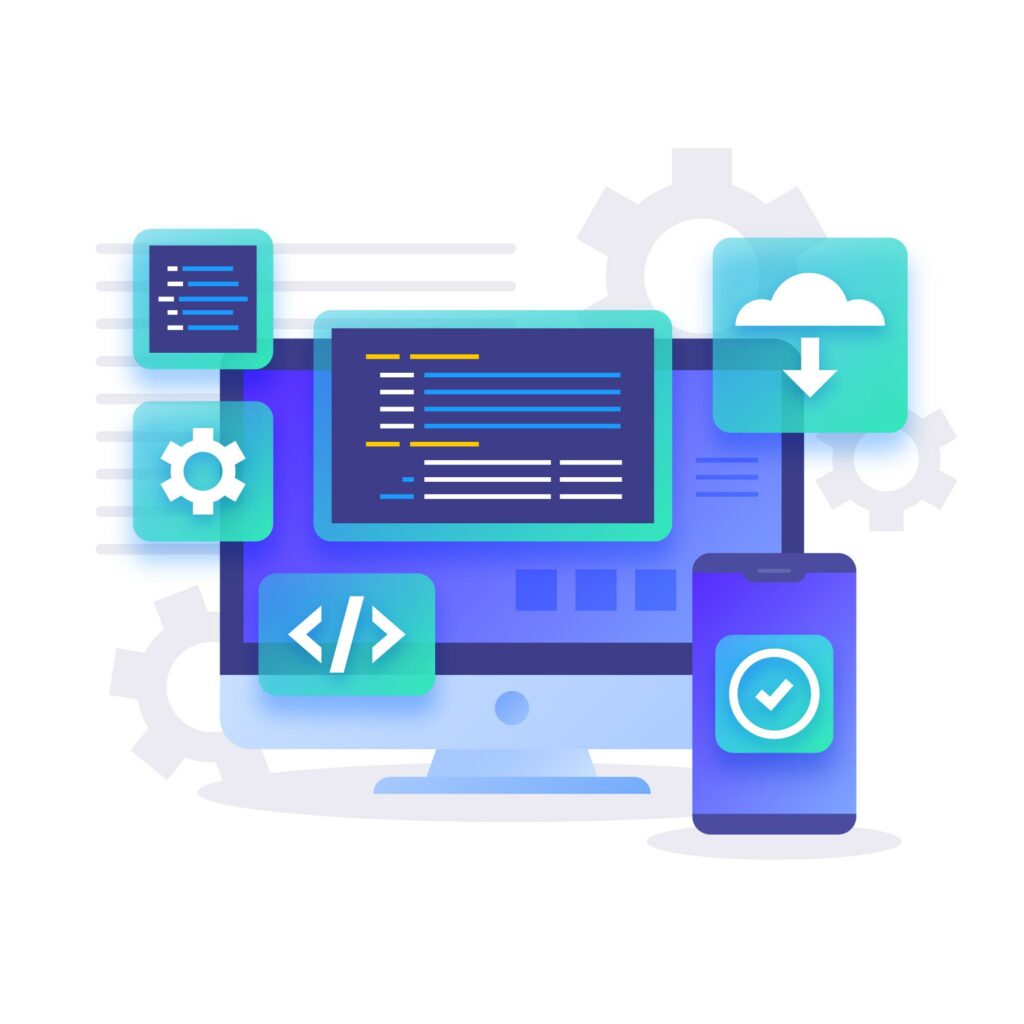
While perfective maintenance is vital for the future success of your software, it requires a thoughtful approach. Rushing into it may have unintended consequences. Instead, it is advisable to take the time to understand how users perceive their experiences and make adjustments based on reliable data and user feedback.
When to Apply Perfective Maintenance?
Perfective maintenance should be applied strategically, focusing on enhancing the software’s features and functionality. It is crucial for the long-term success of the software.
However, it is essential to approach perfective maintenance thoughtfully, considering user feedback and reliable data to make improvements that align with user expectations without alienating current users.
The Necessity of Maintenance
Taking care of Software is imperative for several reasons, including:
-
-
-
-
- Correcting Errors: Maintenance is crucial to identifying and rectifying errors that may arise during the programs lifespan.
- Adapting to User Requirements: As user needs evolve over time, maintenance allows for the incorporation of changes to meet new requirements.
- Adapting to Changing Hardware/Software Requirements: Maintenance addresses the compatibility of the software with evolving hardware and software specifications.
- Enhancing System Efficiency: Maintenance is essential for continuously improving the efficiency of the system.
- Code Optimization: To ensure faster execution, maintenance involves optimizing the code.
- Component Modification: Maintenance facilitates modifications to various components of the software.
- Minimizing Unwanted Side Effects: Maintenance aims to reduce any unintended consequences or side effects resulting from software changes.
-
-
-
Software Maintenance Process
The software maintenance process is a methodical and structured approach to handling updates, enhancements, and ongoing support for software applications following their initial deployment.
This process is critical for maintaining the software’s reliability, security, and alignment with evolving user needs and industry standards. The key stages in the software maintenance process include:
Phase 1: Preparation for Software Maintenance
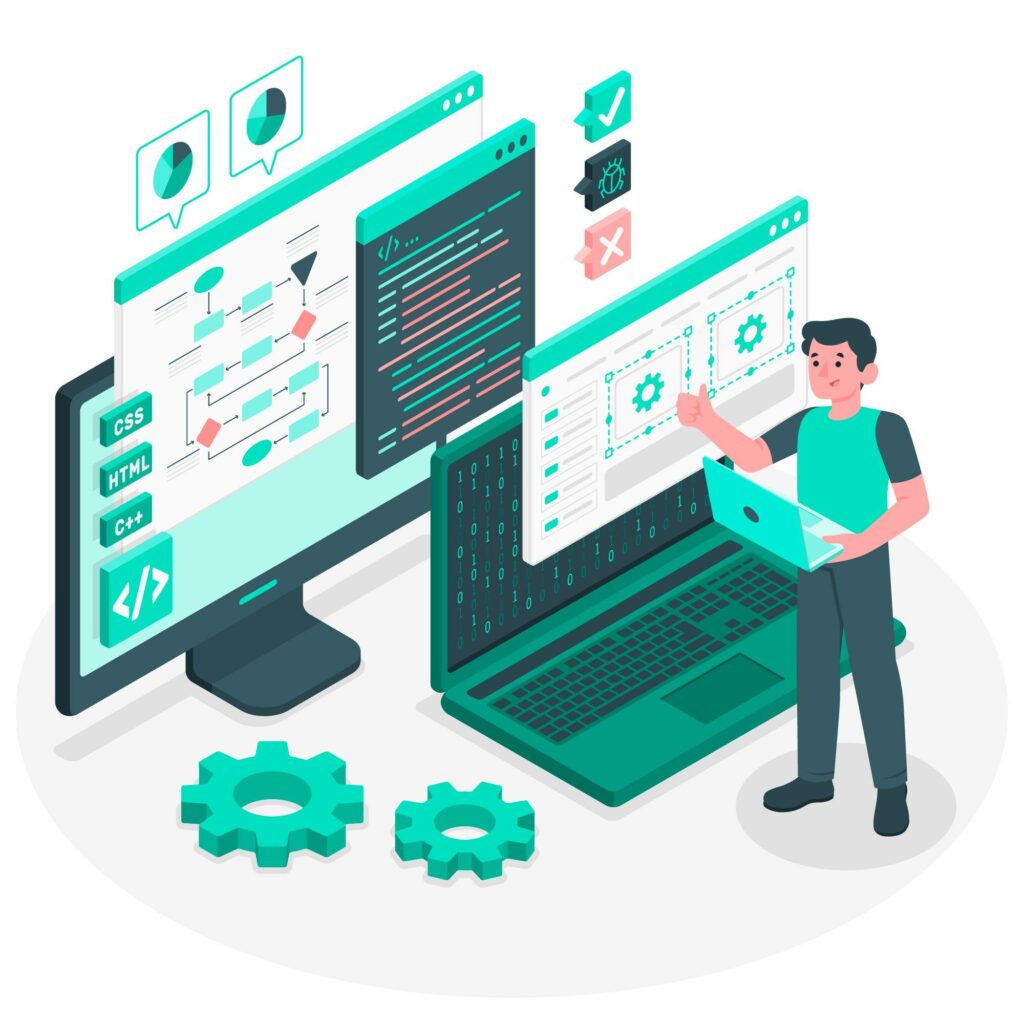
Issue Identification and Reporting
a: Commencement: This is the process of initiating the maintenance process by identifying issues, defects, or areas requiring improvement. Users, stakeholders, or monitoring and testing processes typically report these concerns.
b: Reporting Mechanism: The identified problems are formally reported to the maintenance team, often through a structured issue-tracking system. Providing detailed descriptions, including steps to reproduce issues, is crucial for effective problem resolution.
Problem Analysis
a: Evaluation: The maintenance team evaluates the reported problems, analyzing their scope, severity, and impact on the programs and its users. Root causes of the issues are systematically examined.
b: Prioritization: Problems are prioritized based on their severity and impact, with higher priority given to critical issues affecting core functionality or security.
Phase 2: Execution
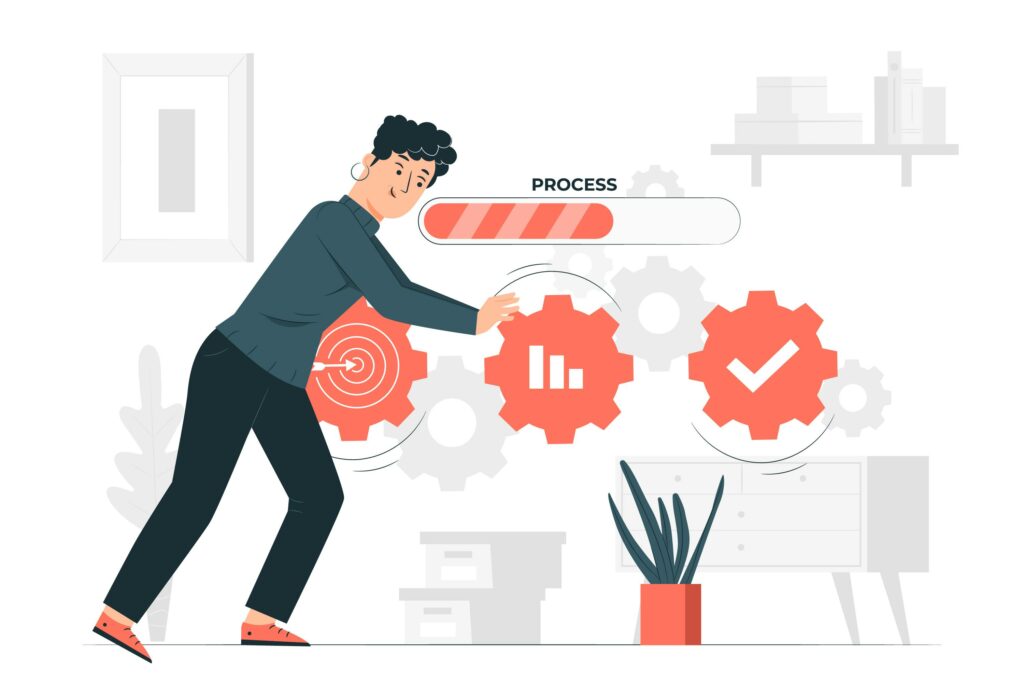
Addressing Issues
a: Solution Development: The maintenance team devises solutions to rectify the identified problems, engaging in processes such as coding, testing, and quality assurance. Solutions may range from straightforward bug fixes to more comprehensive enhancements, depending on the nature of the issue.
b: Documentation: Throughout this phase, the team will carefully document changes and solutions.. This documentation ensures clarity and aids in future reference and troubleshooting.
Testing and Quality Assurance
a: Thorough Evaluation: The updated software undergoes comprehensive testing to verify that the implemented changes do not introduce new problems and that the software maintains its correct functionality.
b: Quality Assurance Measures: The next step is to include the Quality assurance processes, including regression testing, performance testing, and security testing, to confirm that the maintenance activities meet quality standards.
Deployment

Planning for Deployment
Deployment Planning: After the completion of testing and quality assurance, it is time to create a deployment plan. This plan delineates the steps, timeline, and potential rollback procedures for deploying the updated software to the production environment.
Executing Deployment
Deployment: After updating the next step is deploy the software to the production environment, becoming accessible to users. This deployment process requires meticulous coordination to minimize disruptions to users.
Phase 3: Post-Deployment
Verification
Verification and Validation: Following deployment, the maintenance team conducts verification to ensure that the maintenance activities have effectively addressed the identified problems. To validate, we confirm that the software now functions as wish and aligns with user expectations.
Optional User Acceptance Testing: In certain instances, involving users in acceptance testing can prove beneficial to ascertain that the changes align with their needs and expectations.

Maintenance Scenario Consideration: The selection of maintenance types is based on the specific maintenance scenarios and the areas requiring maintenance activities.
It is essential to view maintenance practices, as the closing phase, one level ahead and above the defect tracking process, typically covered in the testing phase of the software development life cycle.
Advantages of Software Maintenance
-
-
-
-
- Enhanced Software Quality: Regular check ensures that the program functions correctly, efficiently, and continues to meet user needs.
- Improved Security: Maintenance includes security updates and patches, safeguarding the software against potential threats and attacks.
- Increased User Satisfaction: Ongoing maintenance keeps the software up-to-date and relevant, leading to heightened user satisfaction and adoption.
- Extended Software Life: Proper check extends the programs lifespan, reducing the need for costly replacements and allowing for longer utilization.
- Cost Savings: Regular check prevents larger, more expensive problems, reducing the overall cost of software ownership.
- Alignment with Business Goals: Maintenance ensures that the software remains aligned with evolving business needs, enhancing overall efficiency and productivity.
- Competitive Advantage: Regular maintenance keeps the software ahead of the competition by improving functionality, performance, and user experience.
- Compliance with Regulations: Maintenance ensures that the software complies with relevant regulations and standards, crucial in industries like healthcare, finance, and government.
- Improved Collaboration: Maintenance fosters better collaboration between teams, such as developers, testers, and users, leading to improved communication and more effective problem-solving.
- Reduced Downtime: Maintenance helps minimize downtime caused by system failures or errors, positively impacting business operations and reducing the risk of lost revenue or customers.
- Improved Scalability:It ensures that the program is scalable and can handle increased user demand, particularly important for growing businesses or software with a large user base.
-
-
-
[Want to learn more on Software maintenance and its importance in your business? Click here to reach us.]
Conclusion
Software maintenance is a vital component for ensuring the longevity of your software, forming an integral part of the development process rather than a separate task. It’s crucial to understand that software development is an ongoing endeavour that never truly concludes.
For guidance on determining the most suitable software maintenance approach for your current needs, consider consulting with an experienced software development partner such as Bobcares. Each of the four types of software maintenance holds significance and contributes significantly to the success of your software.
PREVENT YOUR SERVER FROM CRASHING!
Never again lose customers to poor server speed! Let us help you.
Our server experts will monitor & maintain your server 24/7 so that it remains lightning fast and secure.







0 Comments